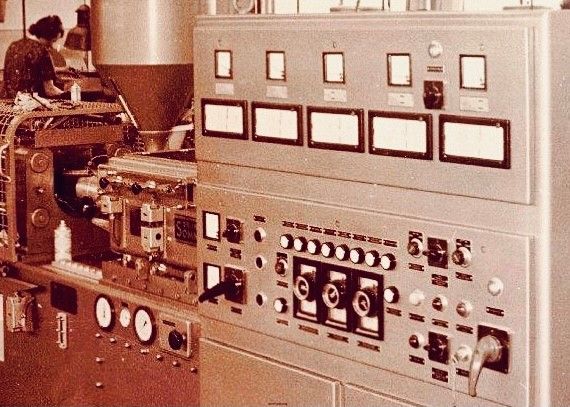All control panels or switch cabinets have one thing in common: they house the electrical and electronic components of machinery not located directly in the machine itself or, in the case of plants and buildings, they centrally group controls and circuit breakers. In the simplest case, an electrical panel contains terminals that clearly arrange electrical connection of various components of an installation.
Providing products and tools for the systematic marking and identification of wires and terminals in control cabinets and wiring harnesses dates back to the origins of HellermannTyton as a company. But what exactly are the origins of the control cabinet?
From power to wiring system
Ever since Nikola Tesla harnessed the production of alternating electric current with his patented electro magnetic motor in the late 1880s, electrically powered machinery and equipment have required controls and switches.
Driven by the necessity to protect electrical controls and circuit breakers from the environment and to prevent shock hazards, electrical components were mounted in cabinets. But in the beginning, electrical engineers largely followed their own individual requirements.
Many technological advancements associated with the use of electric power ocurred in the 1930s. And indeed, the origins of HellermannTyton as an innovator can be found here.




